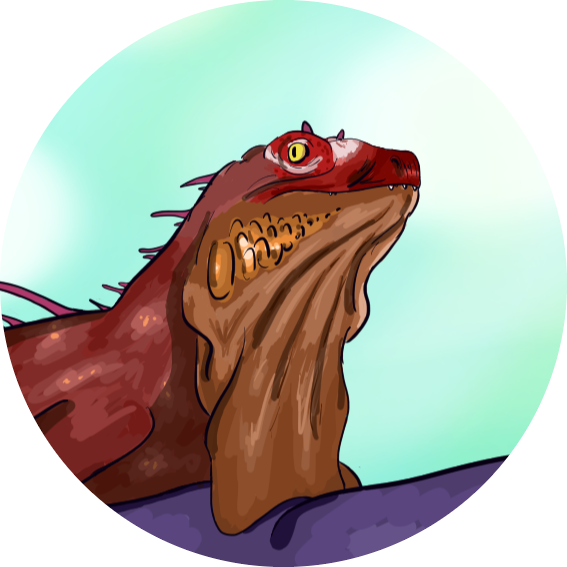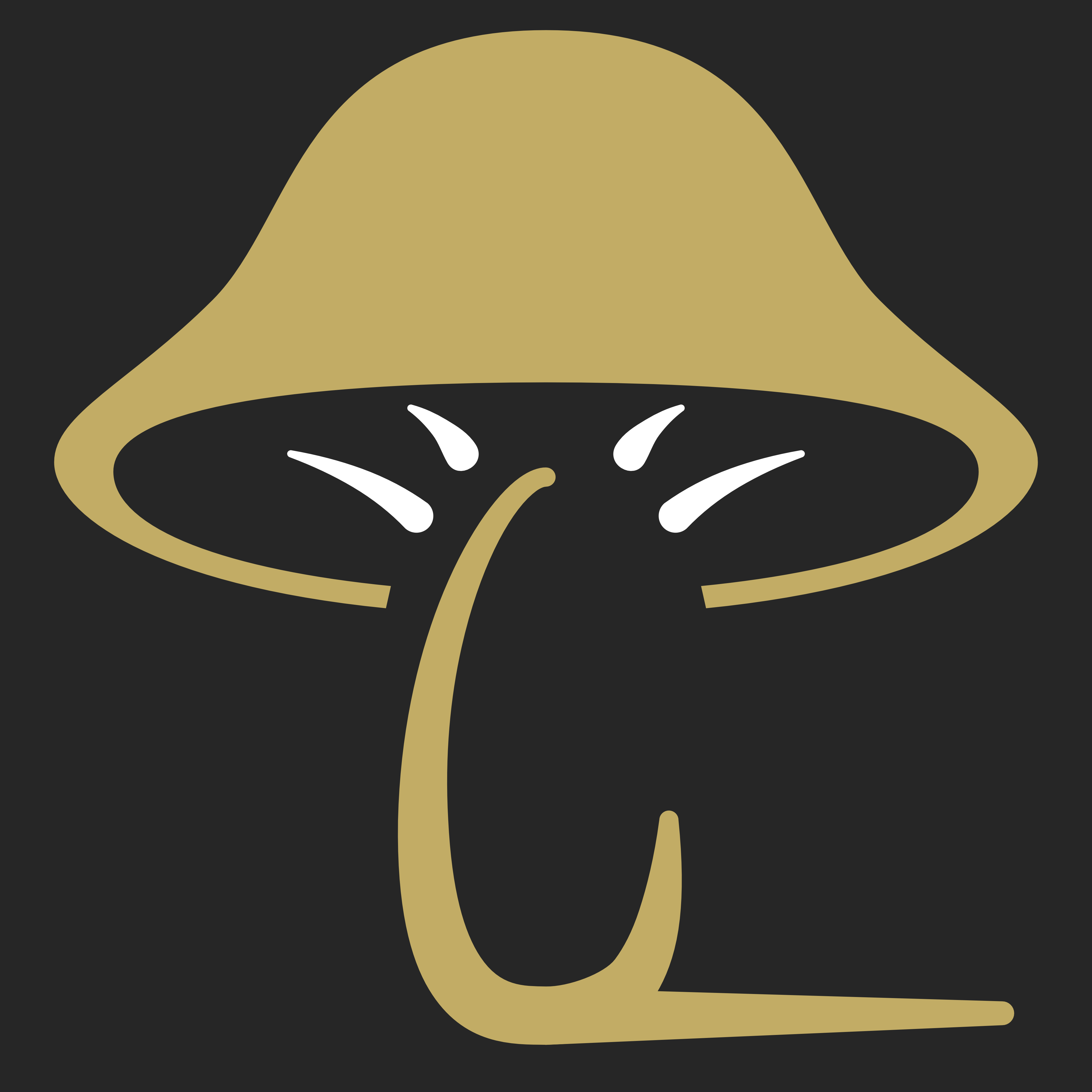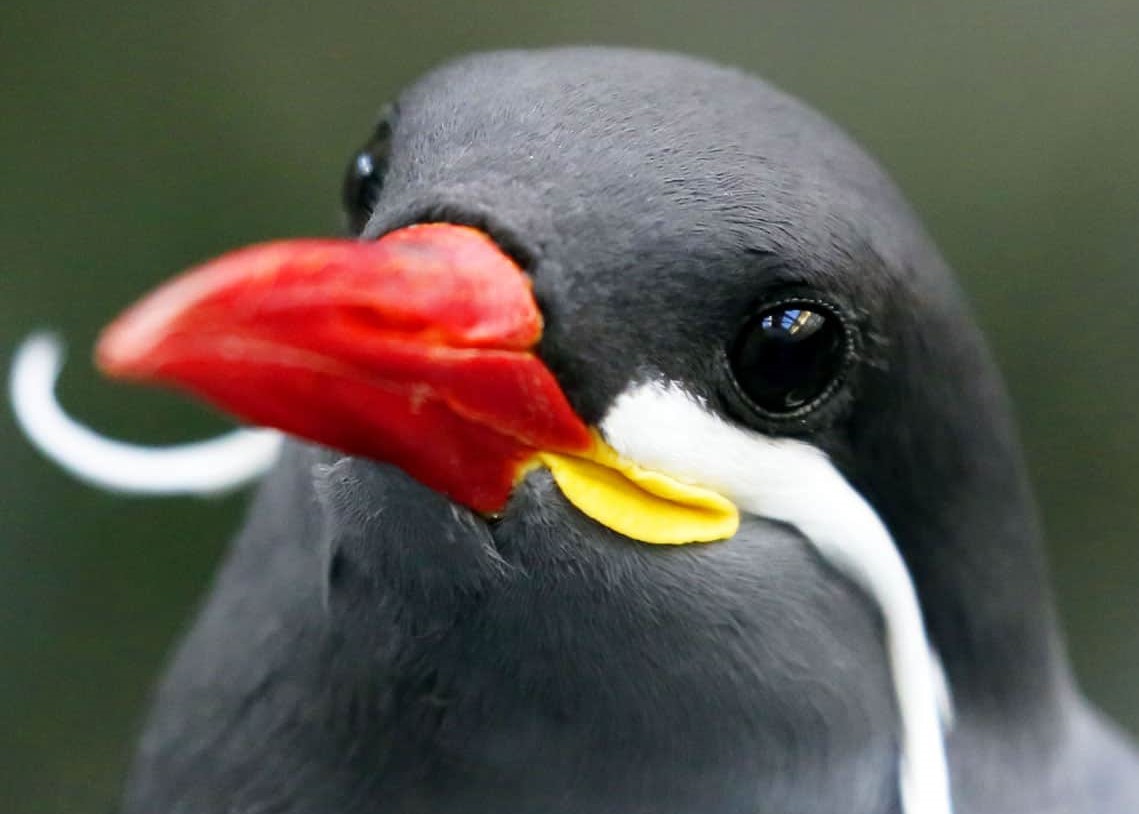Shroom Swamps
The Shroom Swamps is a large swampland region in Mycela, a continent on Emycelium. It consists of three smaller swamplands of varying climates and salinities. The Nakkan Swamp claims brackish territories, the Naireriatan Mire controls all freshwater land, whilst Coalsan Swamp consists of salty water.
Geography, Location & Climate
Located in the flat southern areas of Mycela, the Shroom Swamps stretches roughly fifteen thousand square miles, divided into three subsidiary swamplands. The largest of these three swamplands is the Nakkan Swamp, famed for its biodiversity. This region is quite hot and humid, reaching sweltering temperatures of up to fifty degrees Celsius in the height of summers.
The entirety of the Swamps are located within the Tropic Zone of Emycelium, a long stretch of land that sees high rainfall, high temperatures, and high humidity. Land is fertile, with a blend of different mineral-rich soils.
The Nakkan Swamp has the hottest climate of the three swamps in the Shroom Swamps region, exceeding fourty degrees Celsius on a daily basis. It is a densely forested region with thousands of pockets of trees, mostly comprised of nakkan mangroves.
History
The Shroom Swamps were first inhabited approximately five thousand years ago. Its general climate is quite comfortable for serukians, so the available land was quickly used. Around this time, serukians were finally stepping out of their comfort zone and migrating to other parts of the planet, including this swampland. Their original territory was north of the Shroom Swamps, beyond a small mountain range that split this region from the Gilded Rainforest.
The first major settlement to develop was Fungali, a vibrant town that utilised giant mushrooms in house construction. Fungali is nothing more than a handful of abandoned, disfigured homes, but the culture that once existed remains in extant nearby settlements.
Ecology
The wildlife of the Shroom Swamps are ridiculusly diverse. Perhaps the most well-known and iconic organisms are the monolithic mushrooms that tower over everything else in the vicinity, and give these swamplands its memorable name.
Hundreds of bird species migrate to these swamplands for the winters, attracted to its consistently warm temperatures lost in their summer homes farther south.
Many cold-blooded animals can be found in these swamps such as nakkan crocodiles, coalsan caimans, gold pythons, painted iguanas, and caustic geckos.
One of the most ecologically diverse swamplands on Emycelium, the Nakkan Swamp is famous for its abundance of endemic species. These animals cannot be found anywhere else on the planet, and most are unfortunately endangered. The nakkan crocodile is a flagship species, with several zoological facilities in the region specifically conserving and breeding this type of crocodile.














Fungali sounds like such a cool place. I love the idea of making homes out of giant mushrooms.
Yessss, I'd love to visit :D